The connection between air quality and the UN Sustainable Development Goals
The United Nations Sustainable Development Goals are a blueprint for achieving a better future for the people and the planet. Air quality and air pollution are included in many of the individual targets. Globally, cities and companies are committing to action towards the goals alongside governments and civil society. Here at Breeze Technologies, we also strive to do our part.
What are the UN Sustainable Development Goals?
The Sustainable Development Goals (SDGs) are a collection of 17 goals and 169 targets set by the United Nations, which were adopted by all Member States in 2015 as part of the 2030 Agenda for Sustainable Development. They address global challenges including poverty, inequality, economic growth, climate change, environmental degradation, peace, and justice.
What’s the connection between air quality and the UN Sustainable Development Goals?
The subject of air quality is directly highlighted in three SDGs, where it is attributed to health and environmental sustainability:
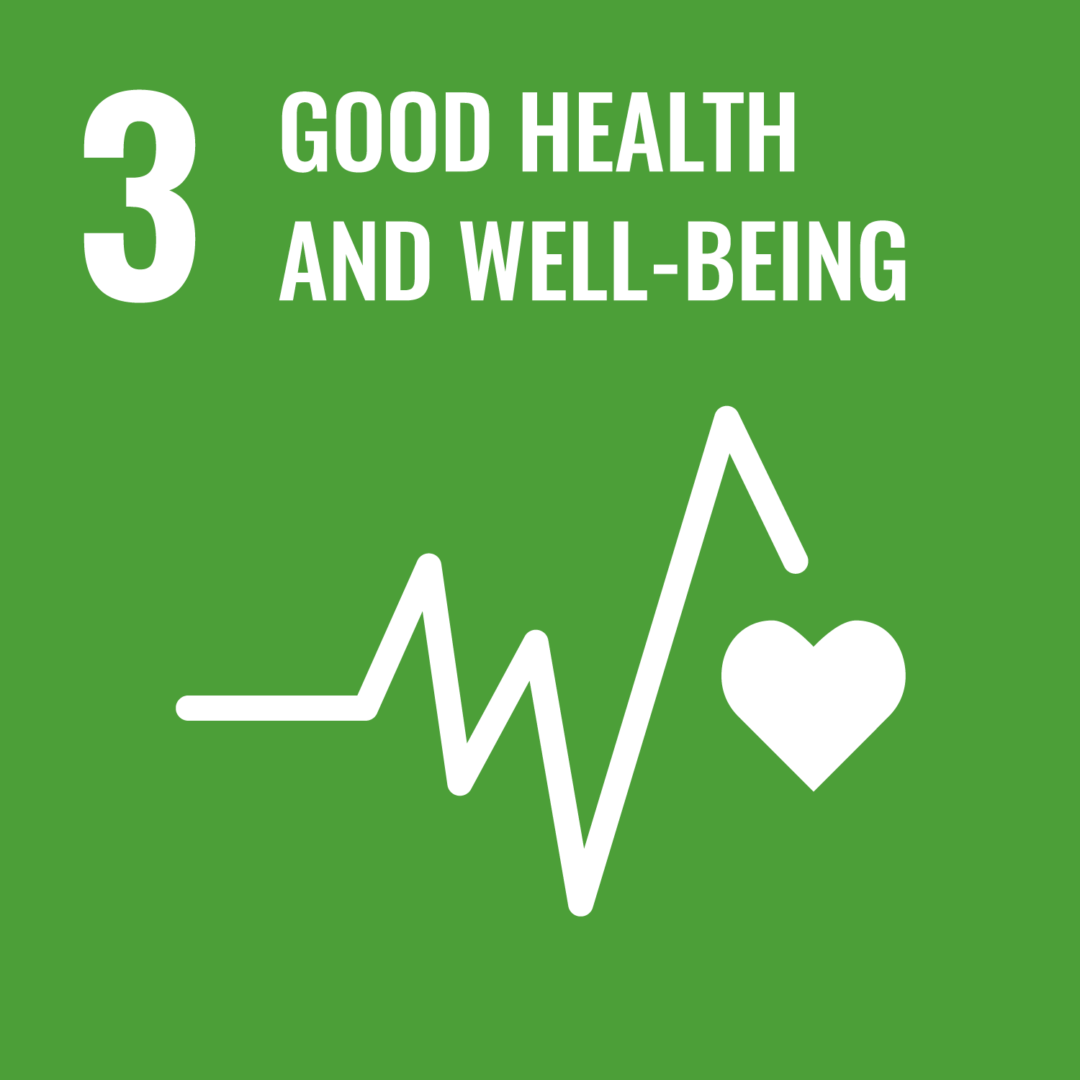
Goal 3: Good Health and Well-Being
Target 3.9 By 2030, substantially reduce the number of deaths and illnesses from hazardous chemicals and air, water and soil pollution and contamination
Indicator 3.9.1 Mortality rate attributed to household and ambient air pollution
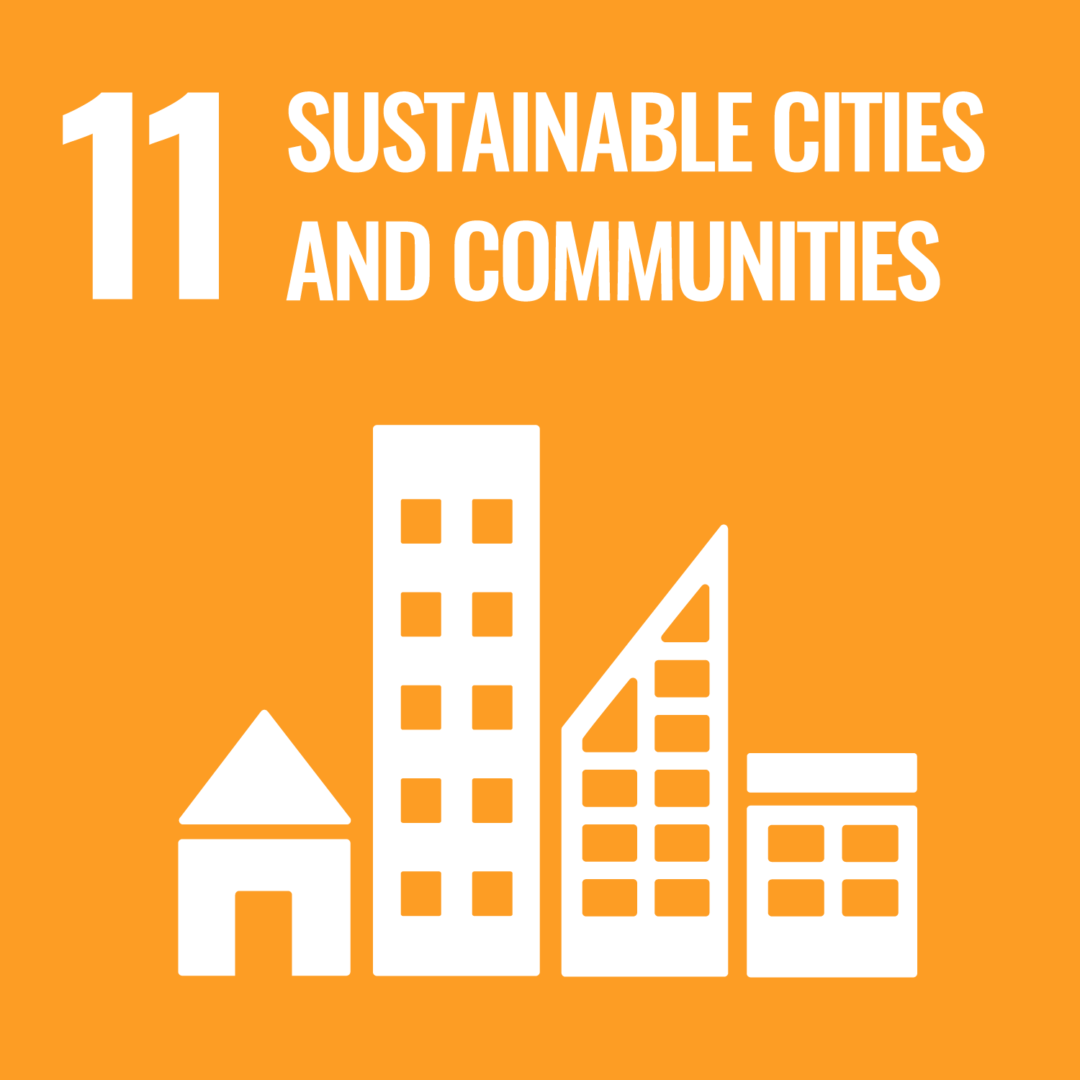
Goal 11: Sustainable Cities and Communities
Target 11.6 By 2030, reduce the adverse per capita environmental impact of cities, including by paying special attention to air quality and municipal and other waste management
Indicator 11.6.2 Annual mean levels of particulate matter (i.e. PM2.5 and PM10) in cities (population weighted)
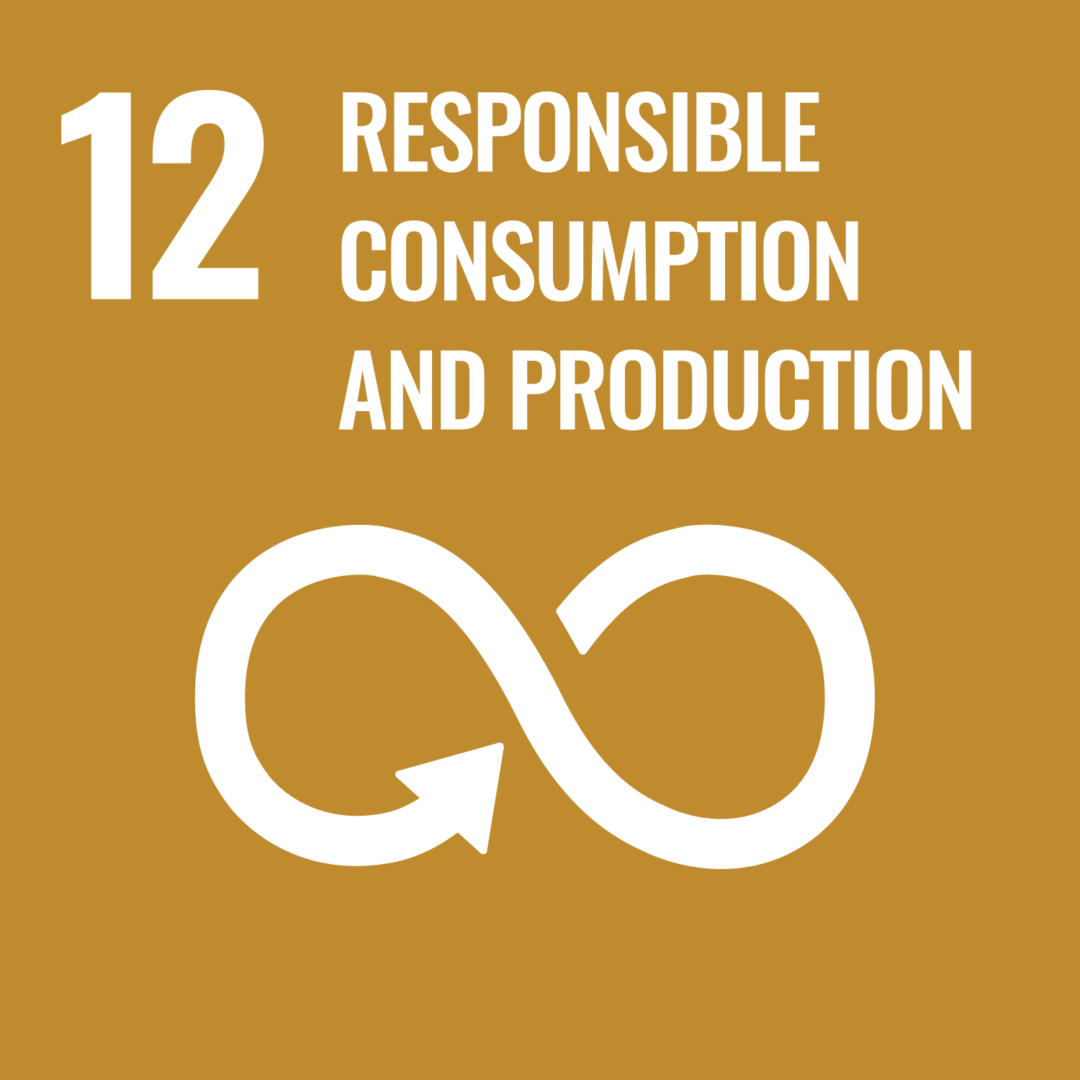
Goal 12: Responsible Consumption and Production
Target 12.4 By 2020, achieve the environmentally sound management of chemicals and all wastes throughout their lifecycle, in accordance with agreed international frameworks, and significantly reduce their release to air, water and soil in order to minimize their adverse impacts on human health and the environment
Aside from these implications, the climate and social impact of air pollutants is also attributable to other SDGs regarding clean water, conservation, and industry innovation.
How Breeze Technologies helps to address the UN Sustainable Development Goals
As an industry leader in air quality sensors, data, and analytics, Breeze Technologies strives to improve air quality in cities all around the world. Hence, we are proud to address 8 of the 17 SDGs. To begin with, our Air Quality Index (AQI) measures for major pollutants found to have adverse effects on human health and the environment, which applies to the aforementioned Goal 3: Good Health and Well-Being, Goal 11: Sustainable Cities and Communities, and Goal 12: Responsible Consumption and Production. Among the pollutants Breeze Technologies monitors are sulphur dioxide and nitrogen dioxide. Both of these form acid rain when dissolved in water and damage vegetation and terrestrial and aquatic ecosystems. By including this harmful compound in our AQI we help achieve the following SDGs:
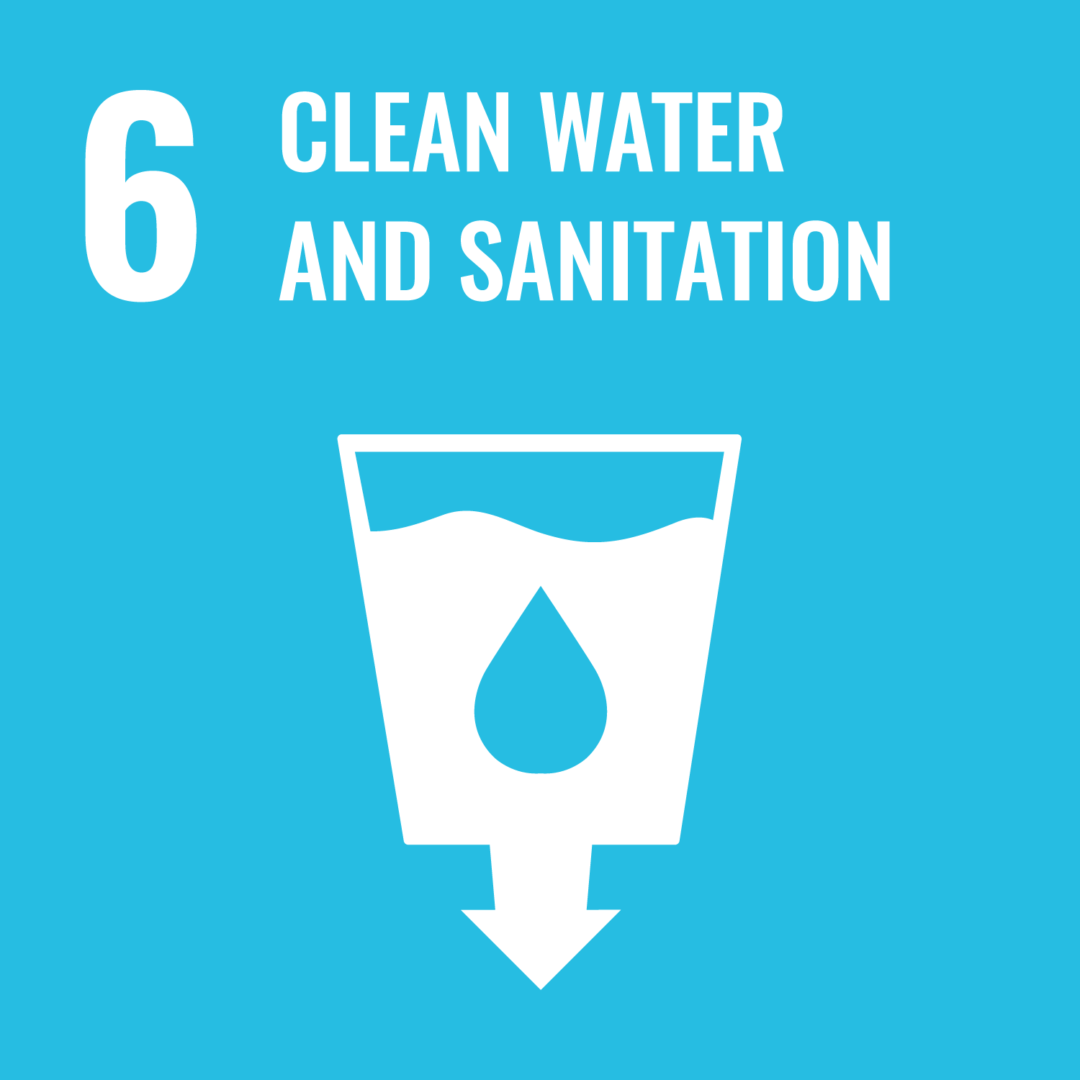
Goal 6: Clean Water and Sanitation
Target 6.3 By 2030, improve water quality by reducing pollution, eliminating dumping and minimizing release of hazardous chemicals and materials, halving the proportion of untreated wastewater and substantially increasing recycling and safe reuse globally
Target 6.6 By 2020, protect and restore water-related ecosystems, including mountains, forests, wetlands, rivers, aquifers and lakes
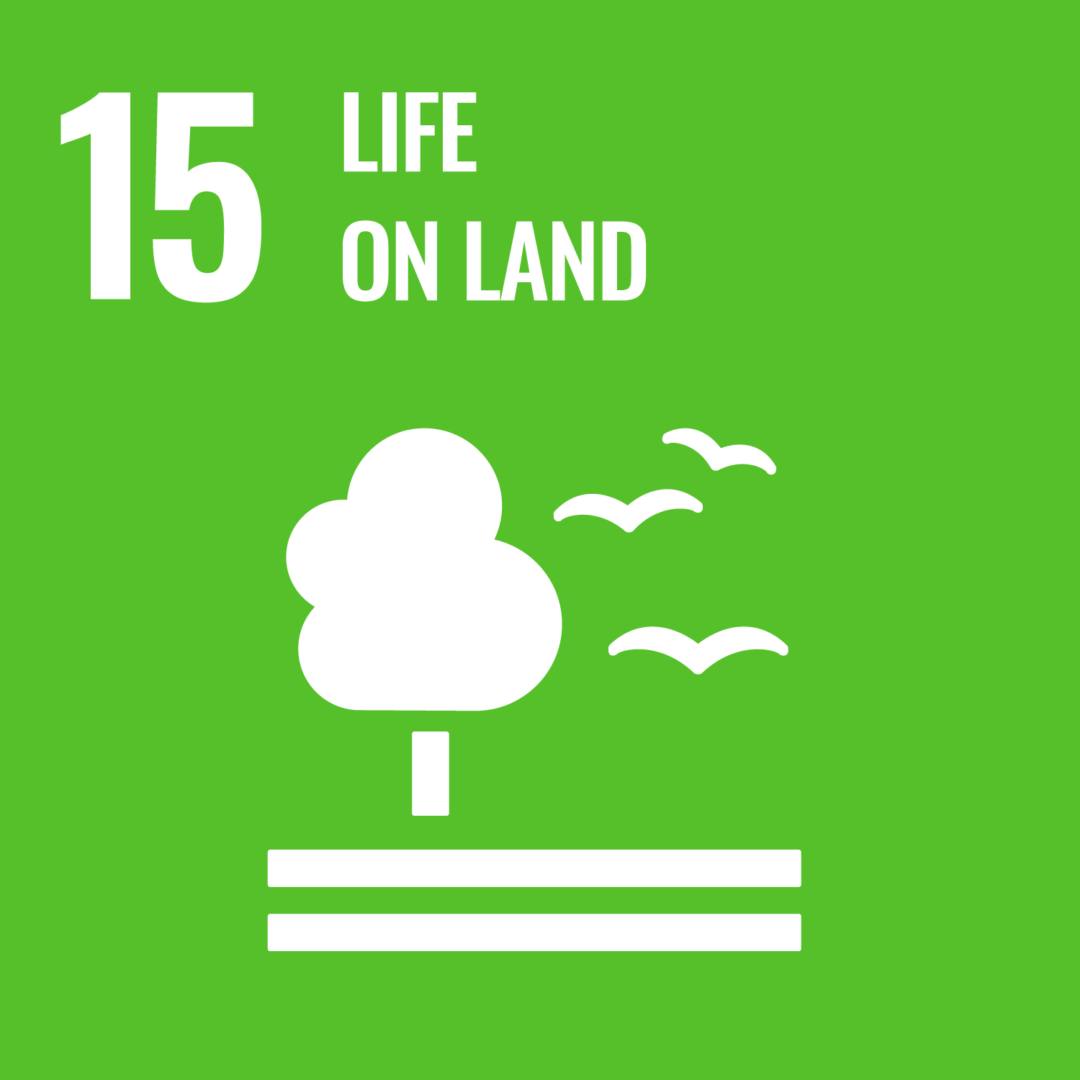
Target 15.1 By 2020, ensure the conservation, restoration and sustainable use of terrestrial and inland freshwater ecosystems and their services, in particular forests, wetlands, mountains and drylands, in line with obligations under international agreements
Our Environmental Intelligence Cloud provides real-time and historic air quality data from our sensors alongside comparative insights with national and international air quality thresholds. We also operate a global Air Quality Citizen Portal providing individuals with hyperlocal air quality data from their neighbourhoods. Our comprehensive measures assist in urban planning activities, chemical transport models, and climate protection management for a more livable environment, which in turn relates to these SDGs:
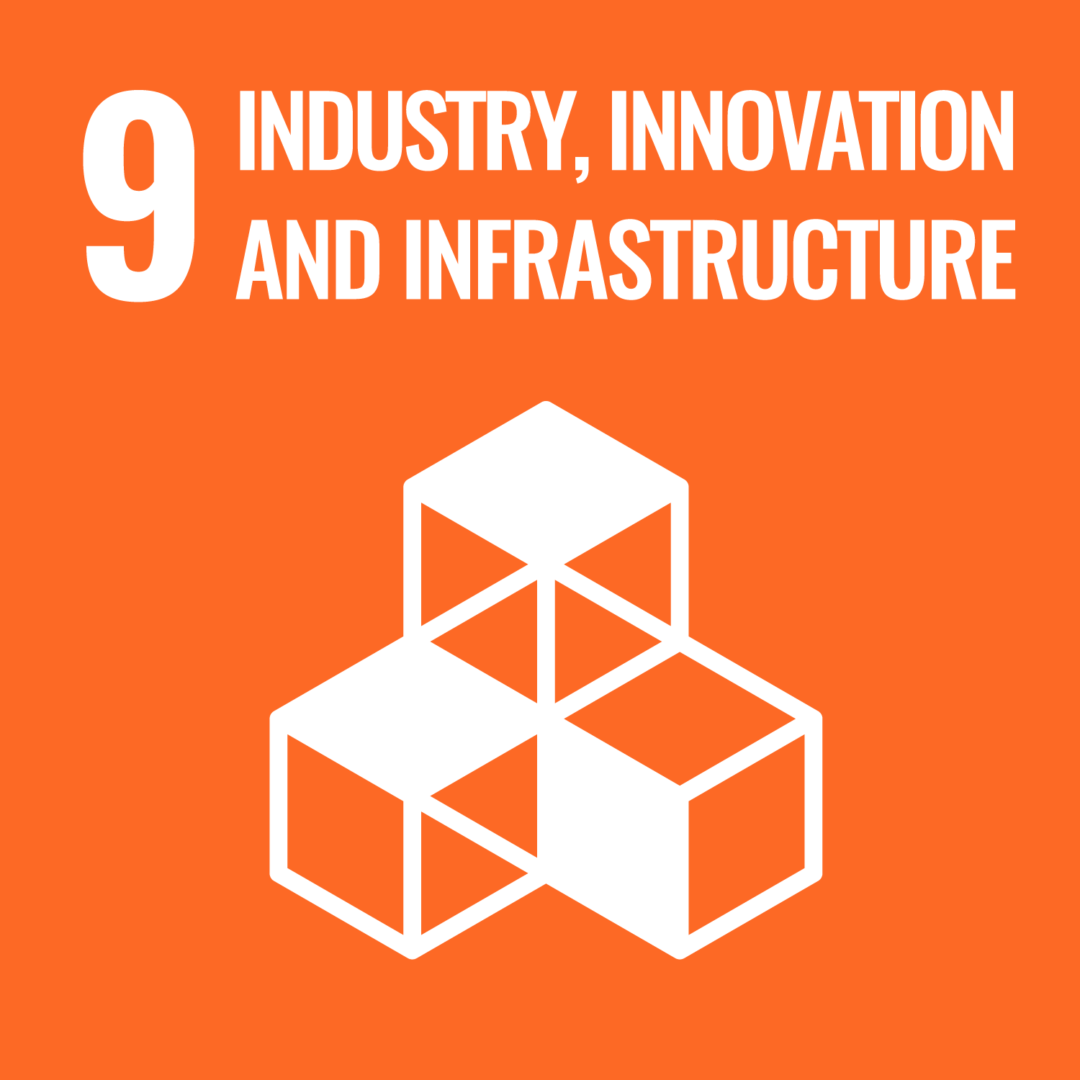
Goal 9: Industry, Innovation and Infrastructure
Target 9.4 By 2030, upgrade infrastructure and retrofit industries to make them sustainable, with increased resource-use efficiency and greater adoption of clean and environmentally sound technologies and industrial processes, with all countries taking action in accordance with their respective capabilities
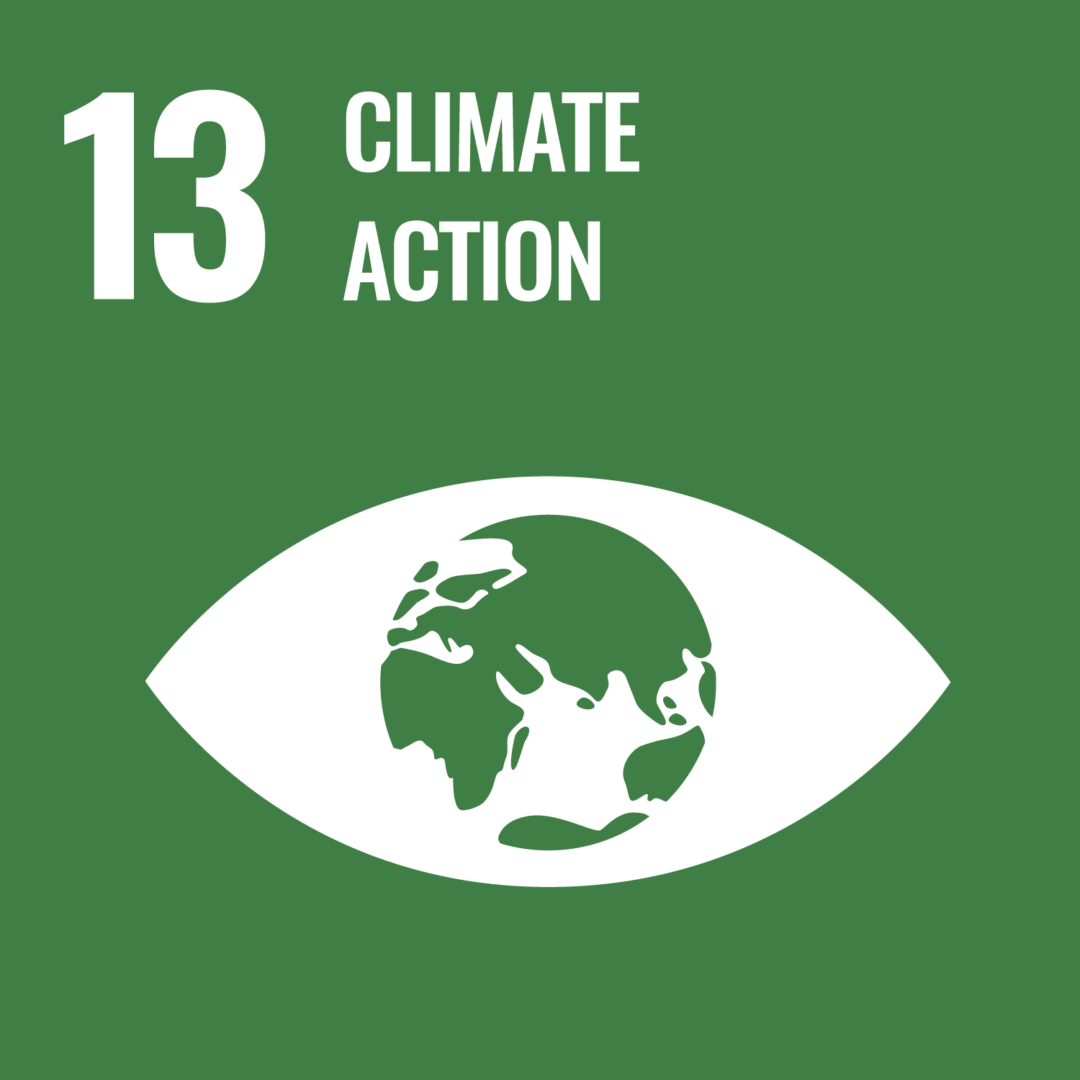
Target 13.2 Integrate climate change measures into national policies, strategies and planning
Breeze Technologies builds a network of governments, businesses, NGOs, and private citizens through our offerings and solutions. By enabling individuals to be part of air quality monitoring networks with our citizen host programme alongside civil societies and corporations, we create dialogue between these stakeholders to create smart cities and factories for a cleaner, healthier world. This relates to the following target:
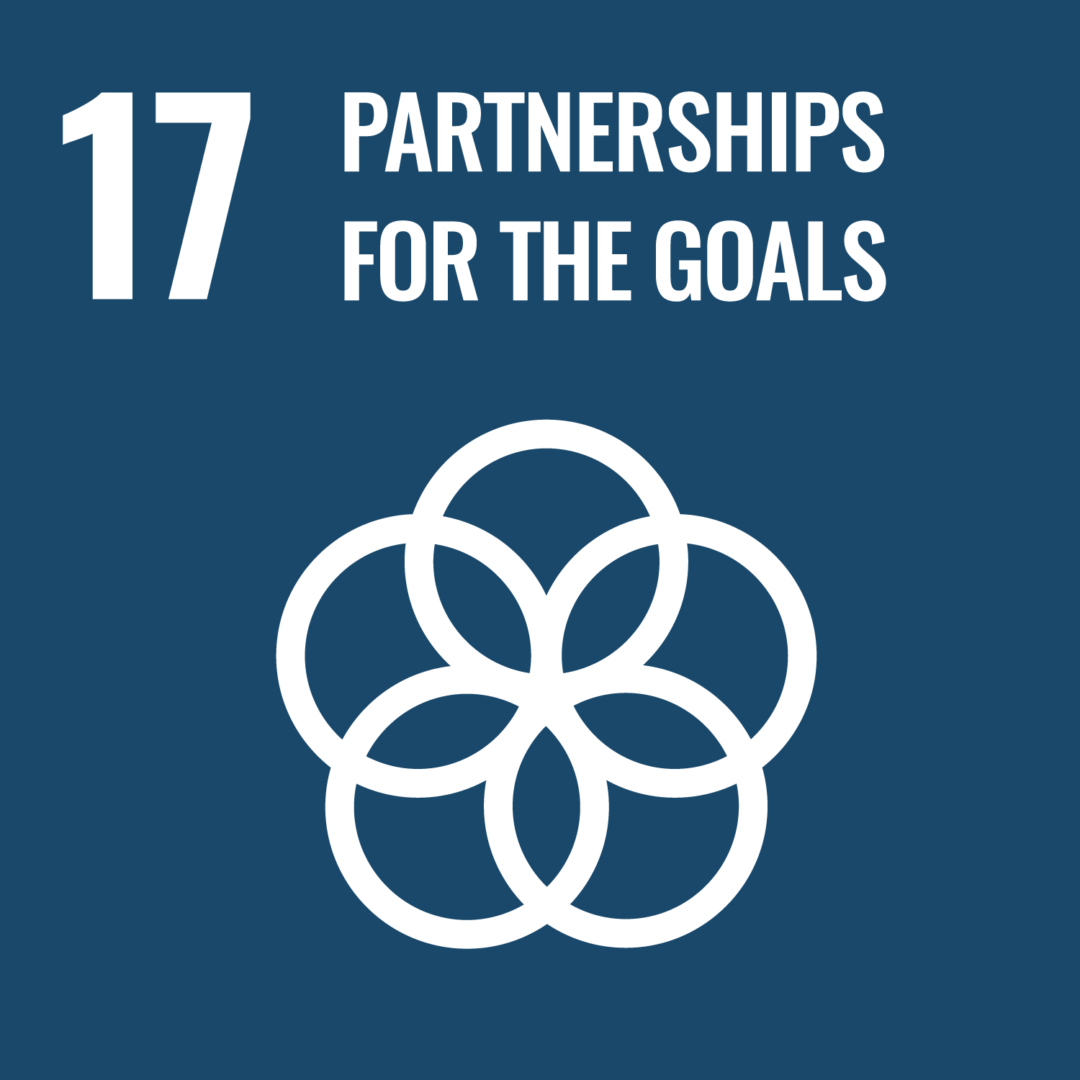
Goal 17: Partnership for the Goals
Target 17.16 Enhance the global partnership for sustainable development, complemented by multi-stakeholder partnerships that mobilize and share knowledge, expertise, technology and financial resources, to support the achievement of the sustainable development goals in all countries, in particular developing countries
If you are interested in taking part in improving the air quality where you live for a more sustainable future, you can find out more about our solutions for air quality monitoring and management here.

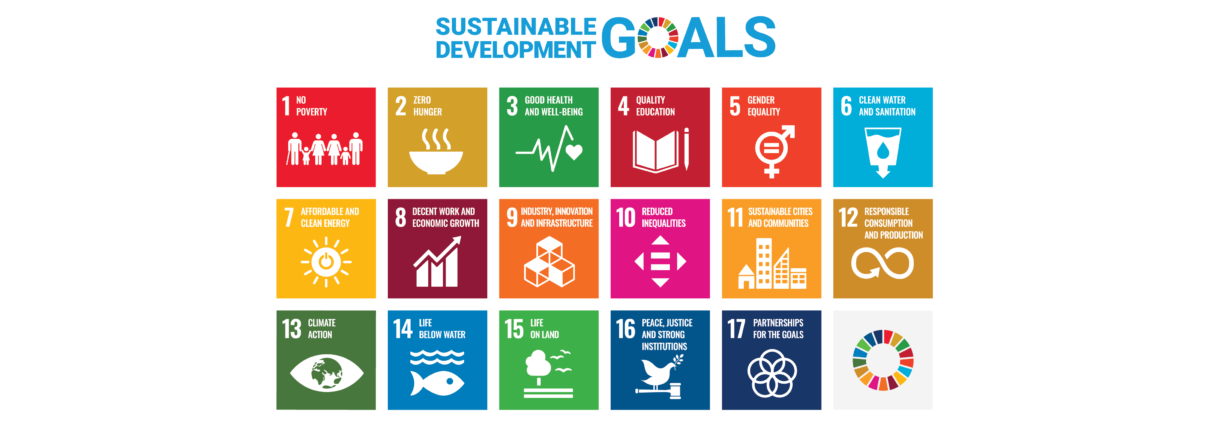 UN Sustainable Development Goals
UN Sustainable Development Goals
 Chris Barbalis / unsplash.com
Chris Barbalis / unsplash.com